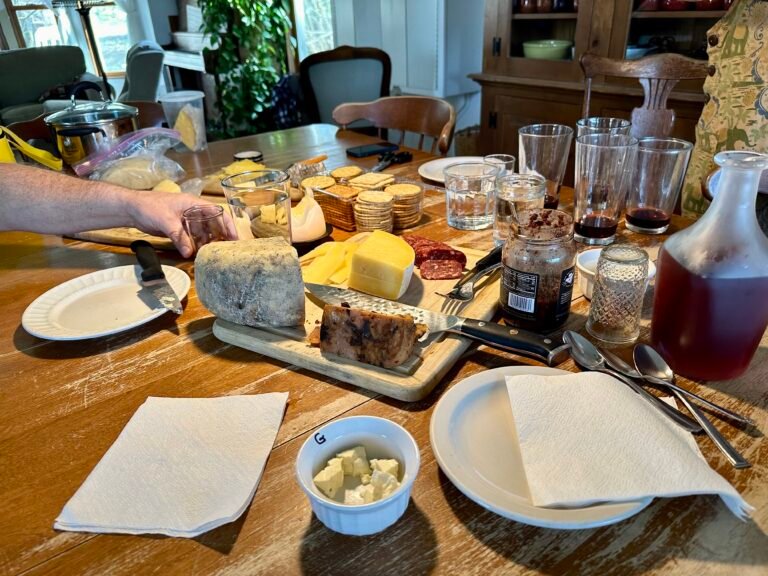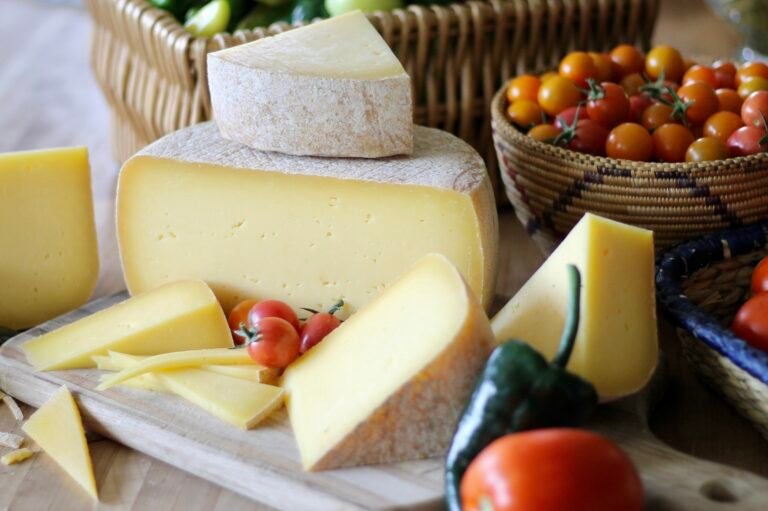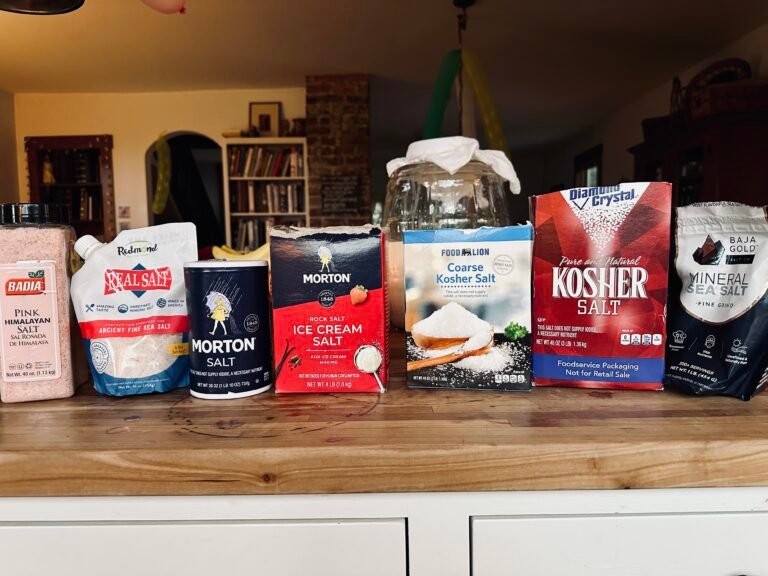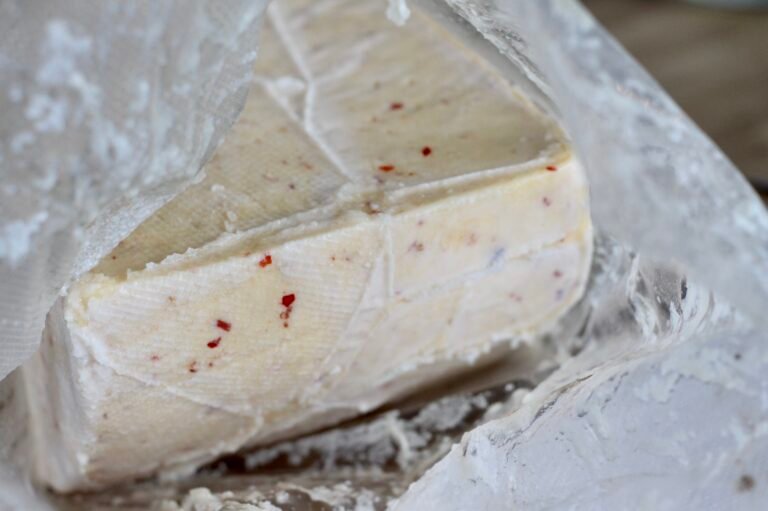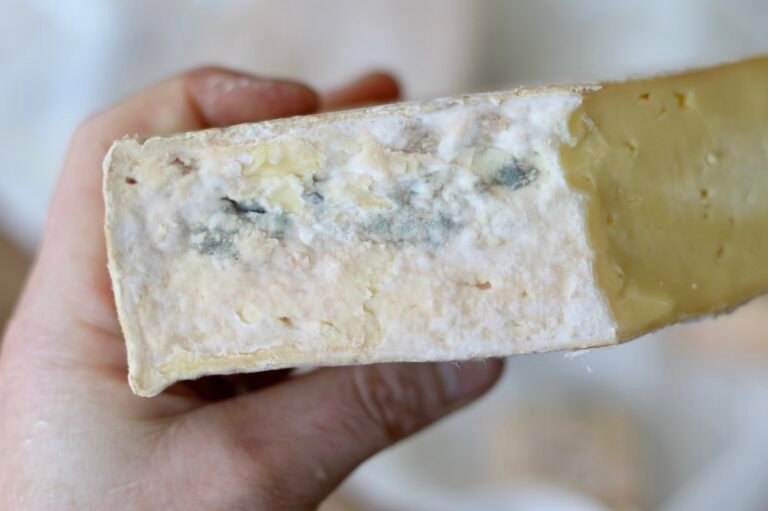Aging: How I Do It
I think the aging conditions are perhaps the most confusing part of cheesemaking, mostly because the variables are endless, the options open-ended, and the components (potentially) expensive. Figuring out what do to, and where and how, can feel wildly daunting.

Air drying the cheeses I made last week: Asiago, Colby, Lancashire, and Red Pepper Gouda.
I’ve learned to take it one step at a time. This usually means 1) making a cheese and then 2) figuring out where to put it. Necessity is a great motivator. To start, I’ll show you what I’ve got going right now.
The Cheezer
This is an upright freezer that my husband adapted for a cheese cave using this temperature control thingy.

The natural rind cheeses in this basement cave tend to get undesirable mold on them, so this cave is used primarily for vac-packed cheeses.
The Guest Bedroom
All winter long, I keep the window cracked and the temp hovers around 50-60 degrees which makes it the perfect spot for air drying cheeses and even aging them, either in the open air or in plastic tubs (though the tubs often seem to cultivate lots of mold).

Now that summer’s approaching, I’ll either put an AC unit in one of the windows or switch to air drying the cheeses in the caves.
The Small Wine Fridge
This fridge, which we purchased second hand, lives in the downstairs bedroom.

Natural rind cheeses kinda hold steady in this one. Mold does grow, but some cheeses just hang out in there for months and never look any different. It’s kinda weird.
The Tiny Wine Fridge
This wine fridge, which we also purchased second-hand, doubles as an end table in our living room.

Cheeses in here seem to get dry-ish, though not cracked, so I prefer to use if for storing vac-packed or clothbound cheeses.
The Jelly Cupboard
When Jarlsbergs and other Swissy cheeses are developing their eyes and need to be kept at about 65-70 degrees, I store them in the jelly cupboard in our main living area.

The Barn Fridge
This isn’t really an aging spot, but it’s where we store the cheeses once they’ve been cut into portions and vac-packed.

At fridge temps, they continue to age, though much more slowly.
I have never monitored humidity in any of these locations. . . ever. I know I should, but for some reason it’s a mental hurdle, and because none of my cheeses crack, the need for humidity doesn’t feel as pressing. But maybe I’m missing out. Might a couple simple changes revolutionize my cheeses?



